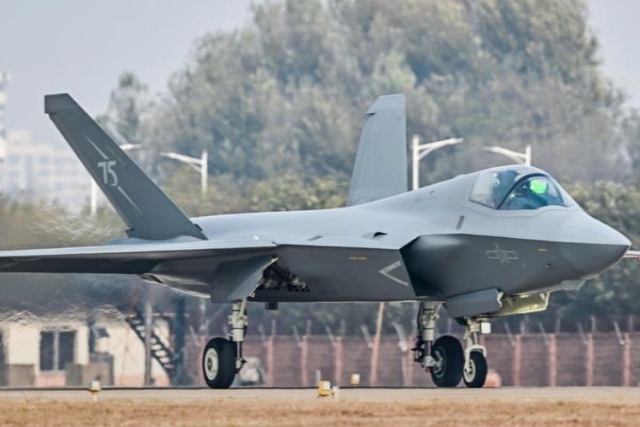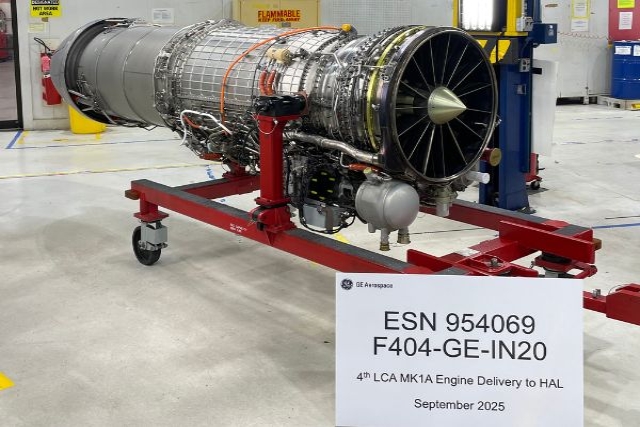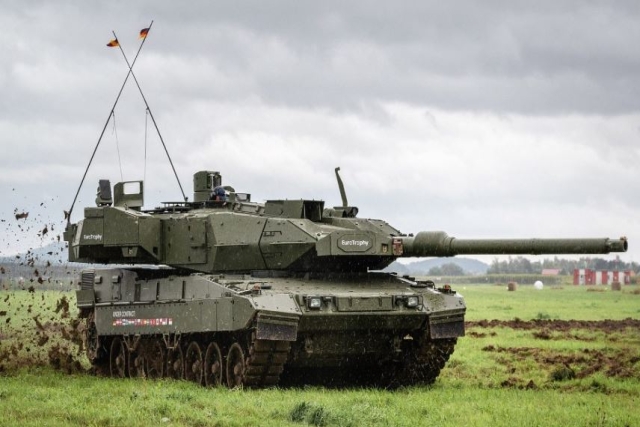India To Test Nirbhay Cruise Missile Again

India’s Defense Research and Development Organization (DRDO) is eyeing to test indigenous subsonic cruise missile Nirbhay for the fourth time.
“If the system gets ready, the missile will be launched in June. If it fails to get clearance now, the trial will be conducted in October,” Indian Express quoted unnamed sources as saying Wednesday.
The probe report of the last trial is yet to be submitted formally. Of the three trials so far in ten years, the missile has failed two tests and has achieved a partial success in one.
During the first test on March 12, 2013, the missile had to be terminated halfway after it deviated from course about 20 minutes after its launch.
Despite its failure, DRDO had claimed the test successful. “ The missile test met the basic mission objectives successfully, after travelling approximately mid-way, deviations were observed from its intended course. Further, flight was terminated to ensure coastal safety," it had said.
During the second test on October 17, 2014 it was successful although it was not upto the mark as it could not maintain a low height.
The missile failed to hit the target after it nose-dived in the Bay of Bengal midway 11 minutes after it was fired during the third test conducted on October 16, 2015.
India is yet to have its own technology to develop any supersonic or hypersonic cruise missile, Nirbhay is the first system developed by the DRDO with subsonic speed. Since the Missile Technology Control Regime (MTCR) prohibits the signatories from providing technology to any other country developing a cruise missile with a range greater than or equal to 300 km, Indo-Russian joint venture BrahMos supersonic cruise missile has a strike range of 290 km, sources said.
The inquiry committee, led by National Aerospace Laboratories (NAL) Director Shyam Chetty and set up to probe the last October 16 failure, has not submitted its report even six months after the incident. DRDO scientists associated with the mission, however, claimed that faults in the system have been rectified and the system will be ready for test after final check-ups, sources said.











